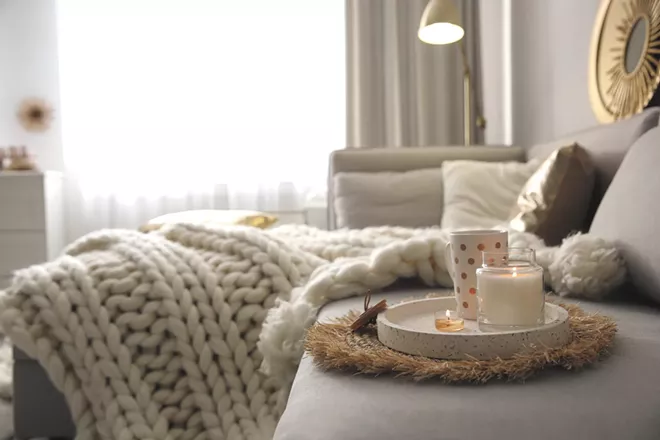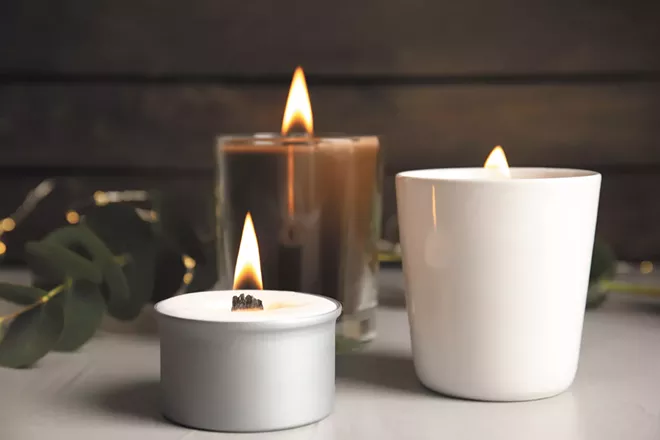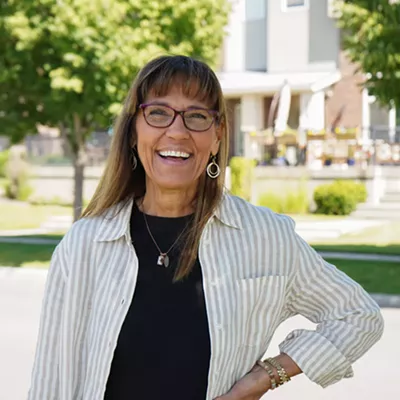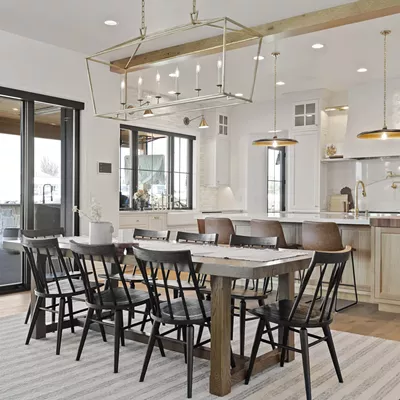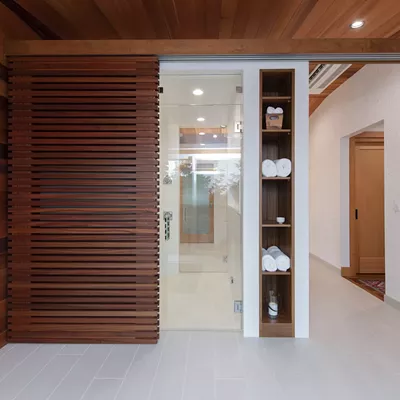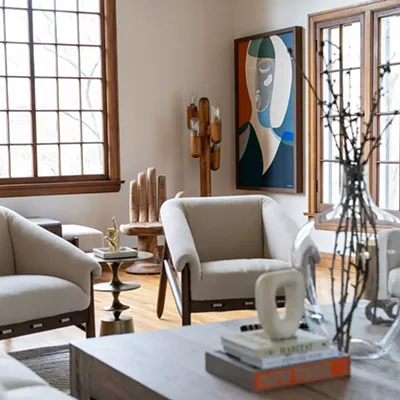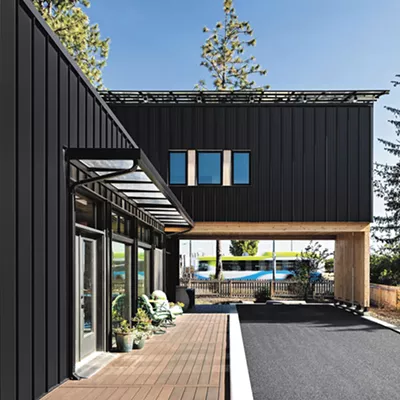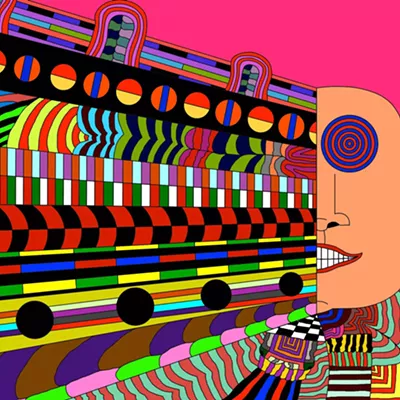Sometimes interior design trends are, in retrospect, head scratchers, like popcorn ceilings in the 1970s, massive living room furnishings in the '90s, and the white-on-white aesthetic that is finally showing signs of fading in popularity.
Other trends, however, have gained a foothold in the design community, but manifest in different ways. The trend toward more sustainable design might mean using more natural materials in the construction and furnishing of our homes, or approaching design with humans in mind.
In 2016, for example, the word "hygge" (pronounced hoo-guh) entered our lexicon from the Danish, meaning a minimalist aesthetic that creates a "cozy quality that makes a person feel content and comfortable." Natural materials, neutral colors and mood-setting lighting were all part of the trend.
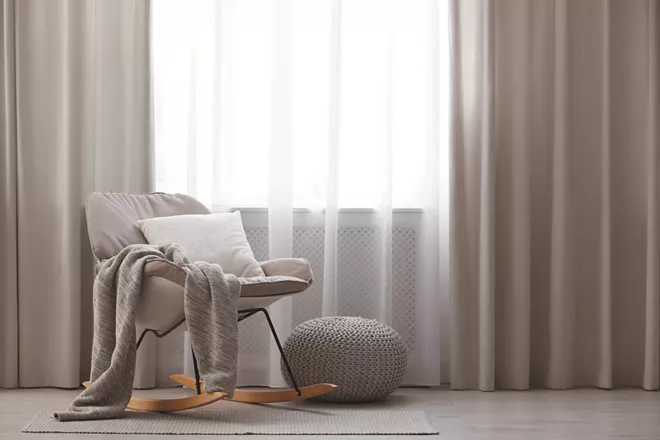
Two years later, the Cooper Hewitt, Smithsonian Design Museum gathered more than 40 objects with multisensory appeal like lights that emit fragrance and tactile picture books in an exhibition titled "The Senses: Design Beyond Vision."
While the term "sensory design" isn't as well-known as the hygge trend, both are relevant, says Judy Theodorson, a Washington State University associate professor at the School of Design + Construction.
In the engineering environment, if no one is complaining about light, sound, smell, etcetera, that's a win, says Theodorson, whose teaching focus is "to facilitate linkages between environmental issues, human experiences and design."
While engineering focused on structure is important, she says, "I think designers are trying to push those limits in what we might call the sensory experience."
A fireplace. The smell of cookies. Varied textures that invite touch. All these things appeal to the senses, Theodorson says, and they, along with vision — our dominant sensory organ — are important in design.
"Apparently scent is the most potent trigger for memories," Theodorson says. "In terms of design, a scent can immediately set the impression of a space," she says, describing how the retail sector has keyed in on the power of scent, like how the smell of baking cinnamon rolls lures mall-goers toward Cinnabon.
Similarly, sound is a key consideration for designers, says Deanna Goguen, founder of Designology Luxury Interiors.
"When a home gets done being built, it's all hard surfaces, and pretty soon you're living in an echo chamber," Goguen says. "Every bit of fabric you can bring into the space will soften and disburse [sound]," she adds. Drapes, rugs, pillows, even things on the wall help create layered patterns of sound.
A more affordable option for clients, notes Goguen, is the use of a stationary drapery panel on the sides of the windows to provide color, texture and sound absorption. That leaves an additional set of curtains or other window treatment to control light.
Sometimes a single design detail can impact numerous senses.
"Everybody thinks they want a barn door," says Goguen, who reminds that barn doors don't fully close. So — think bathroom or kitchen — if you're trying to control sounds or scents, barn doors are a trend to be avoided.

